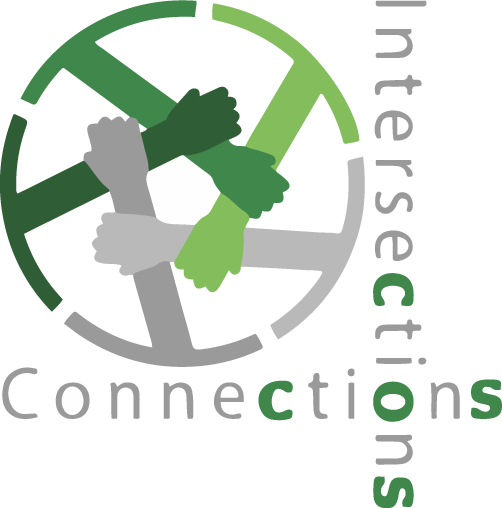Privilege and the Intersectionality of Race and Disability in Education
Abstract
- Abstract:
The concept of privilege has been extended past whiteness and gender to socio- economic status and level of educational attainment. Writer Chimamanda Ngozi Adichie cautioned Wellesley College’s 2015 graduates that their education had been hindered by the privilege that a degree from such a prestigious institution afforded them.1 Adichie alerted the audience that because ‘‘privilege blinds’’ it could cause the graduates to ignore the ‘‘nuances’’ of people who were from different backgrounds and cultures. Interestingly, Adichie did not insist that the graduates cast aside their privilege – indeed they could not as it is a part of them. Rather, she cautioned that they must manage their privilege: ‘‘Don’t let it blind you too often.
Sometimes you will need to push it aside in order to see clearly.’’2
The presenters have chosen intersectionality as an analytical strategy to explain segregation via special education by relying on the historical framework within which this reality has occurred. Data show that it is impossible to ignore the impact that the root of the segregation of students via special education classifications is predicated on privilege. According to U.S. Department of Education, in 2013 American Indian or Alaska Native, Black or African American, and Native Hawaiian or Other Pacific Islander students aged 6 through 21 were more likely to be categorized as students with disabilities (i.e., served under the Individuals with Disabilities Education Act, part B) than were students aged 6 through 21 in all other racial/ethnic groups combined.3 The authors will use this opportunity to explore the blindness created by privilege with the disproportionality this data represent.
1 https://www.youtube.com/watch?v=RcehZ3CjedU
2 From Paul Shegal’s article How Privilege Became a Provocation, New York Times Magazine, July 14, 2015
3 Department of Education, Office of Special Education and Rehabilitative Services, 37th Annual Report to the Congress on the Implementation of the Individuals with Disabilities Education Act, 2015 (December 2015).
Start Date
27-3-2019 2:00 PM
End Date
27-3-2019 2:50 PM
Room Number
U-Hall 3-089
Presentation Type
Workshop
Disciplines
Adult and Continuing Education | Bilingual, Multilingual, and Multicultural Education | Community College Education Administration | Community College Leadership | Curriculum and Instruction | Curriculum and Social Inquiry | Disability and Equity in Education | Education | Educational Administration and Supervision | Educational Assessment, Evaluation, and Research | Educational Leadership | Educational Psychology | Elementary Education | Humane Education | Language and Literacy Education | Liberal Studies | Prison Education and Reentry | Social and Philosophical Foundations of Education | Special Education Administration | Special Education and Teaching | Student Counseling and Personnel Services | Teacher Education and Professional Development
Privilege and the Intersectionality of Race and Disability in Education
- Abstract:
The concept of privilege has been extended past whiteness and gender to socio- economic status and level of educational attainment. Writer Chimamanda Ngozi Adichie cautioned Wellesley College’s 2015 graduates that their education had been hindered by the privilege that a degree from such a prestigious institution afforded them.1 Adichie alerted the audience that because ‘‘privilege blinds’’ it could cause the graduates to ignore the ‘‘nuances’’ of people who were from different backgrounds and cultures. Interestingly, Adichie did not insist that the graduates cast aside their privilege – indeed they could not as it is a part of them. Rather, she cautioned that they must manage their privilege: ‘‘Don’t let it blind you too often.
Sometimes you will need to push it aside in order to see clearly.’’2
The presenters have chosen intersectionality as an analytical strategy to explain segregation via special education by relying on the historical framework within which this reality has occurred. Data show that it is impossible to ignore the impact that the root of the segregation of students via special education classifications is predicated on privilege. According to U.S. Department of Education, in 2013 American Indian or Alaska Native, Black or African American, and Native Hawaiian or Other Pacific Islander students aged 6 through 21 were more likely to be categorized as students with disabilities (i.e., served under the Individuals with Disabilities Education Act, part B) than were students aged 6 through 21 in all other racial/ethnic groups combined.3 The authors will use this opportunity to explore the blindness created by privilege with the disproportionality this data represent.
1 https://www.youtube.com/watch?v=RcehZ3CjedU
2 From Paul Shegal’s article How Privilege Became a Provocation, New York Times Magazine, July 14, 2015
3 Department of Education, Office of Special Education and Rehabilitative Services, 37th Annual Report to the Congress on the Implementation of the Individuals with Disabilities Education Act, 2015 (December 2015).



